Things to Do in Champasak, Laos
Champasak is a town in southern Laos on the Mekong River. It is known as a gateway to Vat Phou, a sacred 11th-century Khmer temple complex with Hindu deity sandstone carvings. East of the river are the Dong Hua Sao National Biodiversity Conservation Area, coffee plantations on the Bolaven Plateau, and the Xe Katamtok Waterfall.
The magical Champasak Province is home to some of the country's most beautiful waterfalls, jungles, and islands. It shares cultural influences with both Cambodia and Thailand. Accessible by motorcycle, organised tour or bus, this destination is well worth the journey to see everything southern Laos has to offer.
Read more: Best Things to Do in Luang Prabang
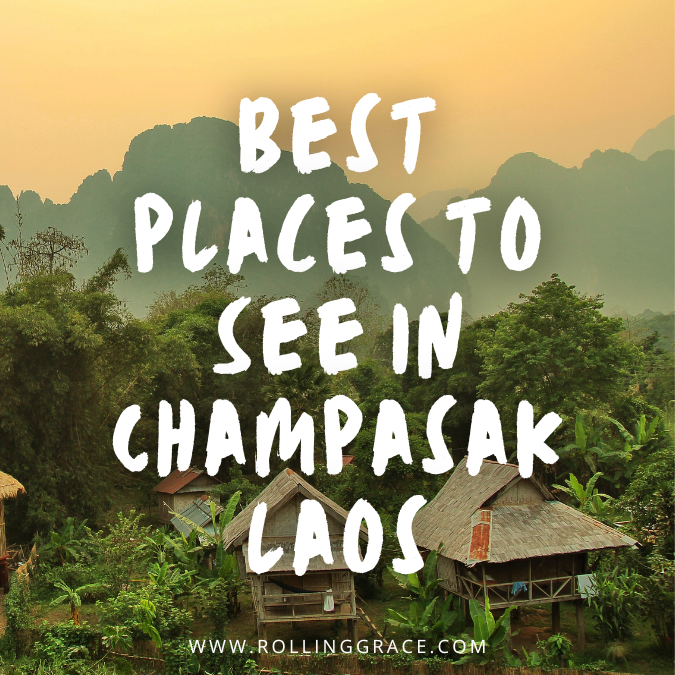 |
| Things to Do in Champasak, Laos |
Things to Do in Champasak, Laos
Vat Phou Temple
The temple-mountain of Vat Phou is located at the foot of the Phou Kao Mountain, offering views of the Mekong River and the surrounding Champasak town. This ancient Khmer temple complex, with intricate structures built between the 5th and 15th centuries, is a UNESCO World Heritage Site.
Vat Phou predates Cambodia's Angkor Wat complex. The on-site museum contains beautifully preserved carvings and excellent information about the Khmer people's history, as well as the discovery and restoration of the ruins.
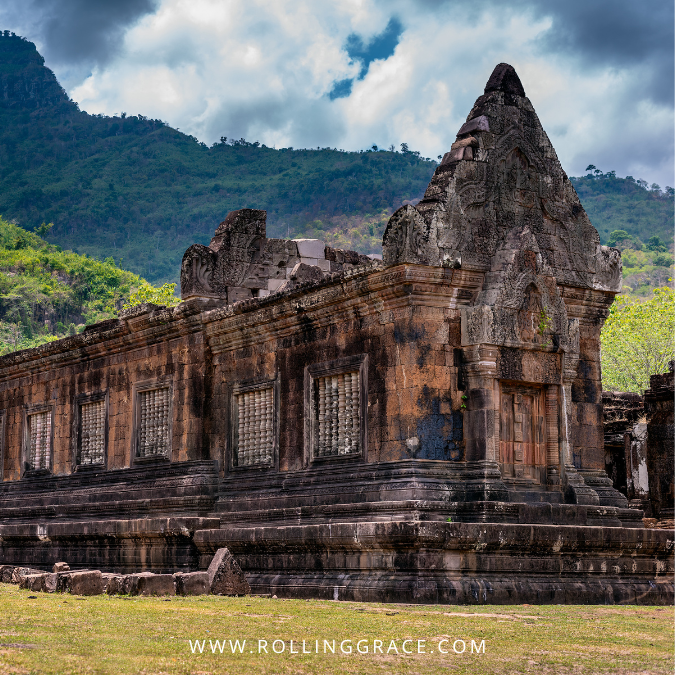 |
| Vat Phou Temple in Champasak, Laos |
Bolevan Plateau
The Bolaven Plateau in southern Laos is well-known for its beautiful scenery, ethnic villages, and traditional coffee plantations. It also has some of the most beautiful waterfalls in Southeast Asia, including Tad Fane, Tad Tayicseua, and Tad Champee. The weather here is generally milder than in most other parts of Laos. If you're going to the Bolaven Plateau, bring a jacket because it can get a little chilly at night.
The trekking and biking trails through rural Laos on the Bolaven Plateau also draw outdoor enthusiasts. If you're short on time, you can take a day trip from Pakse, but it's best to stay overnight.
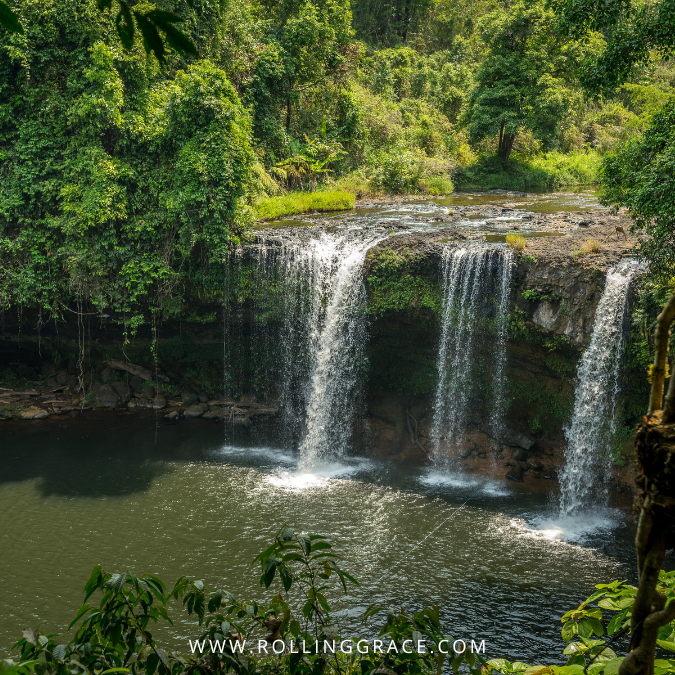 |
| Bolevan Plateau in Champasak, Laos |
Si Phan Don
Si Phan Don translates to "4000 Islands" in Lao. Many of the islands resemble boulders in the middle of the Mekong, with their presence creating rapids and waterfalls. Several of the islands are large enough to support human habitation. The largest island is Don Khong, but Don Som, Don Det, and Don Khon can also be visited. During your visit, remember to keep an eye out for the endangered freshwater Irrawaddy dolphin.
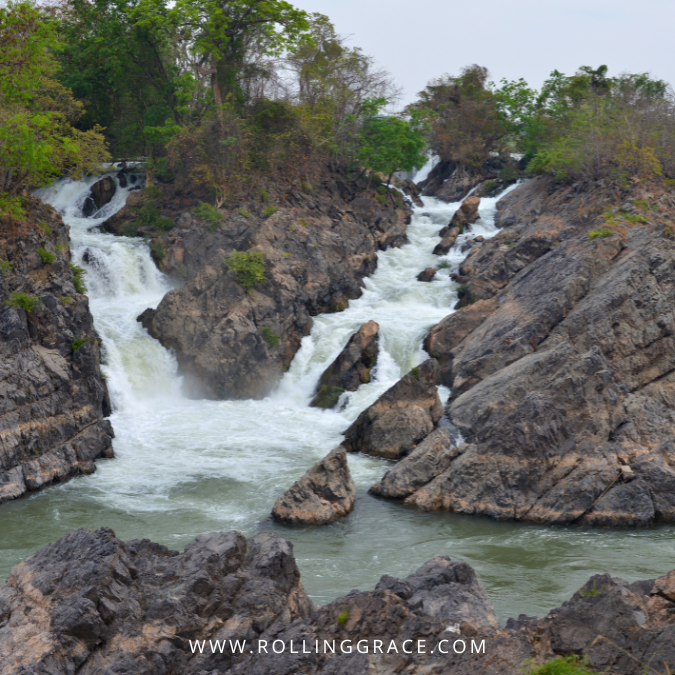 |
| Si Phan Don in Champasak, Laos |
Xepian National Protected Area
The 2,400-square-kilometer Xe Pian National Protected Area is of exceptional biological importance and diversity. Xe Pian is one of the province's premier ecotourism destinations, and is home to 51 key species of birds, including the Giant Ibis and Sarus Crane, as well as 36 species of mammals. Nature walks, bird watching, trekking, elephant rides, and day trips to the Phou Asa archaeological site can begin from the Kiet Ngong Village.
The Ta Ong Trail is one of Xe Pian's more remote and exciting experiences. Camping is also becoming more popular here, with trails leading deep into the jungle far from the village.
 |
| Xepian National Protected Area in Champasak, Laos |
Don Khong
Don Khong is the most populous and northernmost of the 4,000 Islands. It is also the capital of Khong District and a popular starting point for trips to the other islands. The island features 99 mountain peaks and a rich heritage of temples and French colonial structures. The main market here in Ban Kang Don, which is a great place to visit in the morning to see the many different types of fresh Mekong fish.
Other island specialties include palm sugar, palm leaf hats, and Lao Kao Gum - a potent alcohol. Phou Kyo and Phou Kew, two of the island's mountains, each have sacred caves and provide a refreshing walk in the forest with panoramic views of the island.
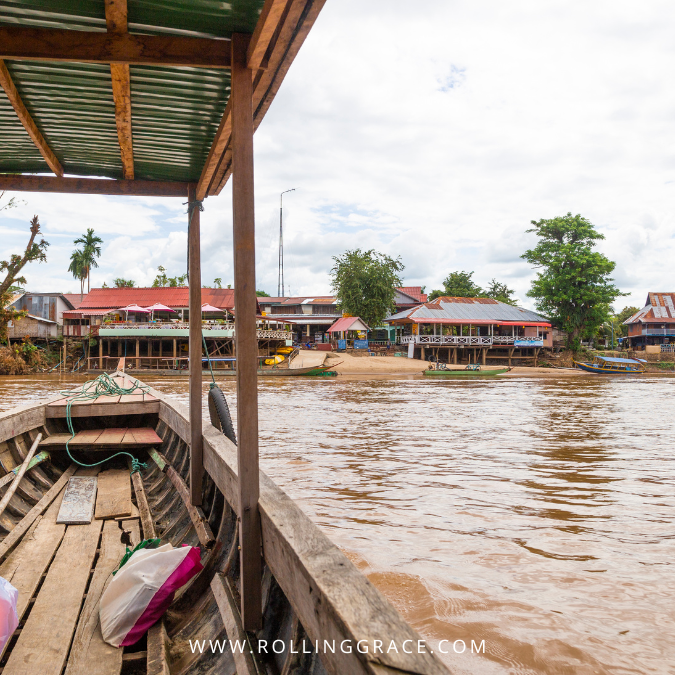 |
| Don Khong in Champasak, Laos |
Khone Phapheng Waterfall
As it is Southeast Asia's largest waterfall, the locals often refer to Khone Phapheng Waterfall as the Mekong's jewel or pearl. Millions of litres of water flow over a series of cascades, creating one of the most spectacular sights in Southern Laos.
The "Manikoth tree" at the site's entrance used to stand on a rock in the middle of the waterfall but collapsed due to flooding in 2012. The public, on the other hand, wanted to save it because, according to an ancient epic poem adapted from the Ramayana, the tree possesses supernatural powers. A helicopter finally brought the tree to safe shores after several attempts.
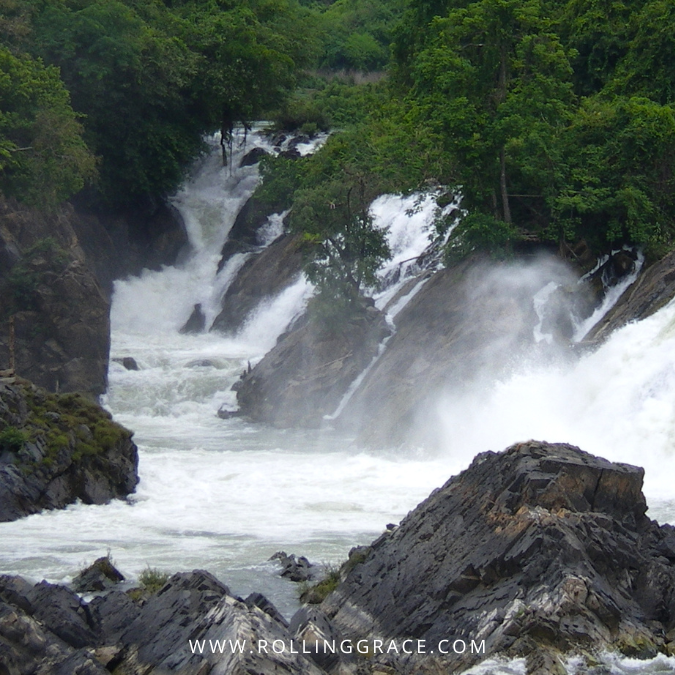 |
| Khone Phapheng Waterfall in Champasak, Laos |
Don Daeng Island
The tranquil setting at this charming island is ideal for a bicycle ride or a stroll along tree-lined paths. You can taste fresh fruits, coconut, or sugar cane juice along the way. Visit Buddhist temples, an ancient forest stupa in the middle of the island, or stroll through rice fields as you come across buffalos, cows, and goats. Greet the locals as they pass by on motorbikes or old mini tractors, or stand on one of the beaches and go for a swim.
 |
| Don Daeng Island in Champasak, Laos |
Ban Nong Bueng Village
Ban Nong Bueng is a traditional village where ancient woodcarving skills have been passed down from generation to generation. The Ta Oy ethnic group used to live in the highlands of southern Laos, and their traditional wood carving techniques are practiced here.
All of their products are handcrafted in the Nong Bueng Village and sold on the domestic and international markets. You are welcome to visit the village and observe the artisans at work. Take your time looking at the beautiful carvings and don't forget to buy some souvenirs to bring home!
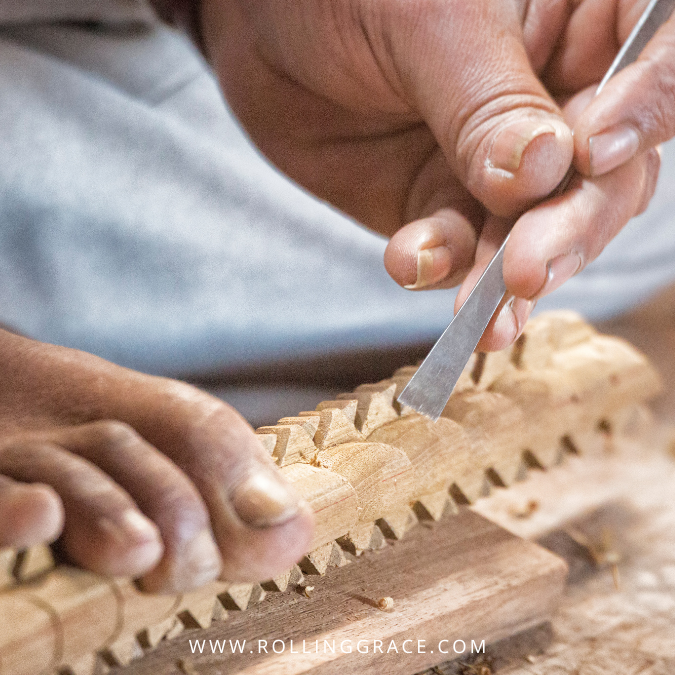 |
| Ban Nong Bueng Village in Champasak, Laos |
Phou Xieng Thong National Protected Area
Phou Xieng Thong National Protected Area is known for its wild orchids, rocky outcroppings, cultural and religious sites, and stunning views of Laos and Thailand from the peak of the Kong Mountain. You can visit a cave where two nuns live in peaceful harmony with nature, learn about plants and orchids, and see ancient ruins of a former Khmer Kingdom during the trek. Local guides and tours can be contacted from the Ban Mai Sing Sam Phanh village at the Pakse Tourist Information Center.
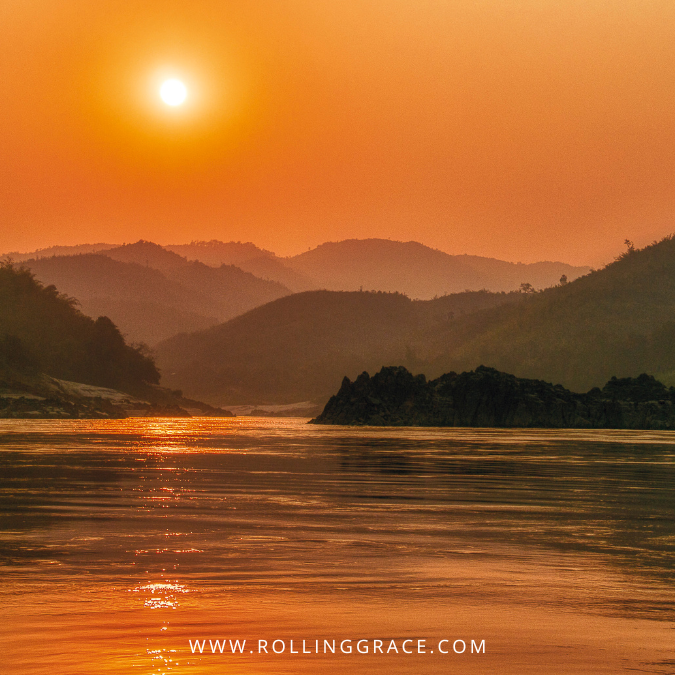 |
| Phou Xieng Thong National Protected Area in Champasak, Laos |
Hong Nang Sida Temple
The Hong Nang Sida temple, which has historical significance, has been designated as a UNESCO World Cultural Heritage site. However, the majority of the main temple was destroyed and had been neglected for a long time. This largely collapsed complex is located in the meadows of the temple of Vat Phu, approximately half an hour away. The temple was built at the beginning of the XIIth century, around the same time as Angkor Wat, and consisted of a hallway and a tower sanctuary.
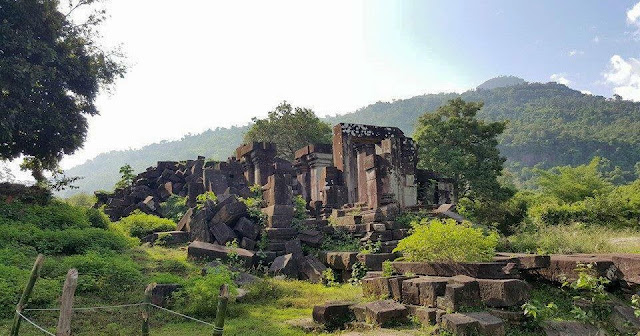 |
| Hong Nang Sida Temple in Champasak, Laos Photo by Discover Laos |
How to Get to Champasak, Laos
From 8,00am to 4.00pm, public transportation from Pakse to Champasak is available from the KM 2 and KM 8 bus terminals. For more flexibility in your travel plans, consider hiring a tuk tuk to take you there directly, or renting a motorbike in Pakse and riding there yourself.
Don't forget to share your travel & dining moments with us on Instagram by tagging @rollinggrace or #RollingGrace. Happy travelling!










This is good guidance for those yang nak pergi Laos 😊
ReplyDeleteWahh, Champasak sounds like Malaysian-Thai place. Its a unique place to explore with alot of history.
ReplyDeleteOh wow! I went to Laos but to the city areas only. Have I did my research, I would have spent extra days visiting all the beauty of natures that you've listed here.
ReplyDelete